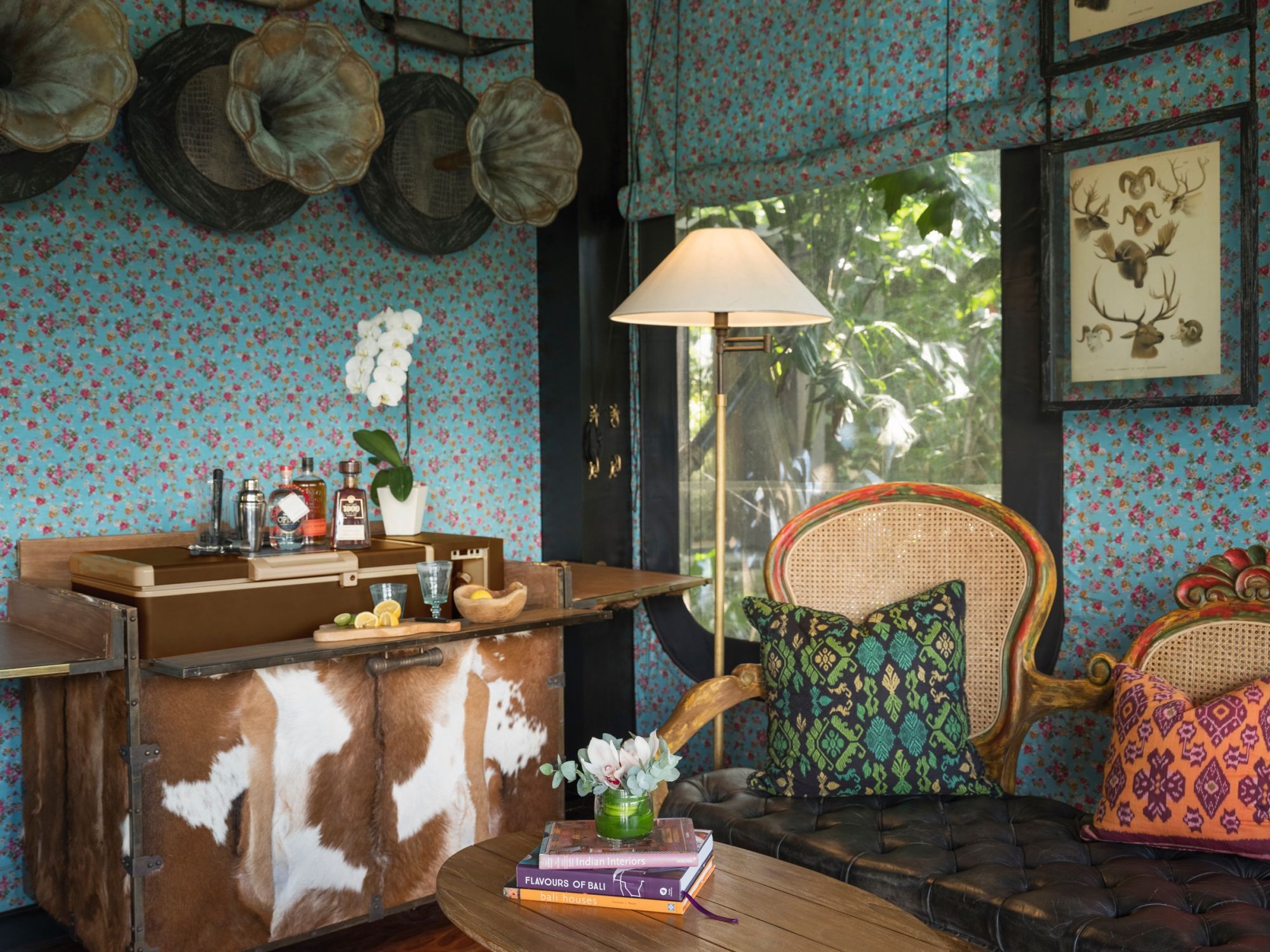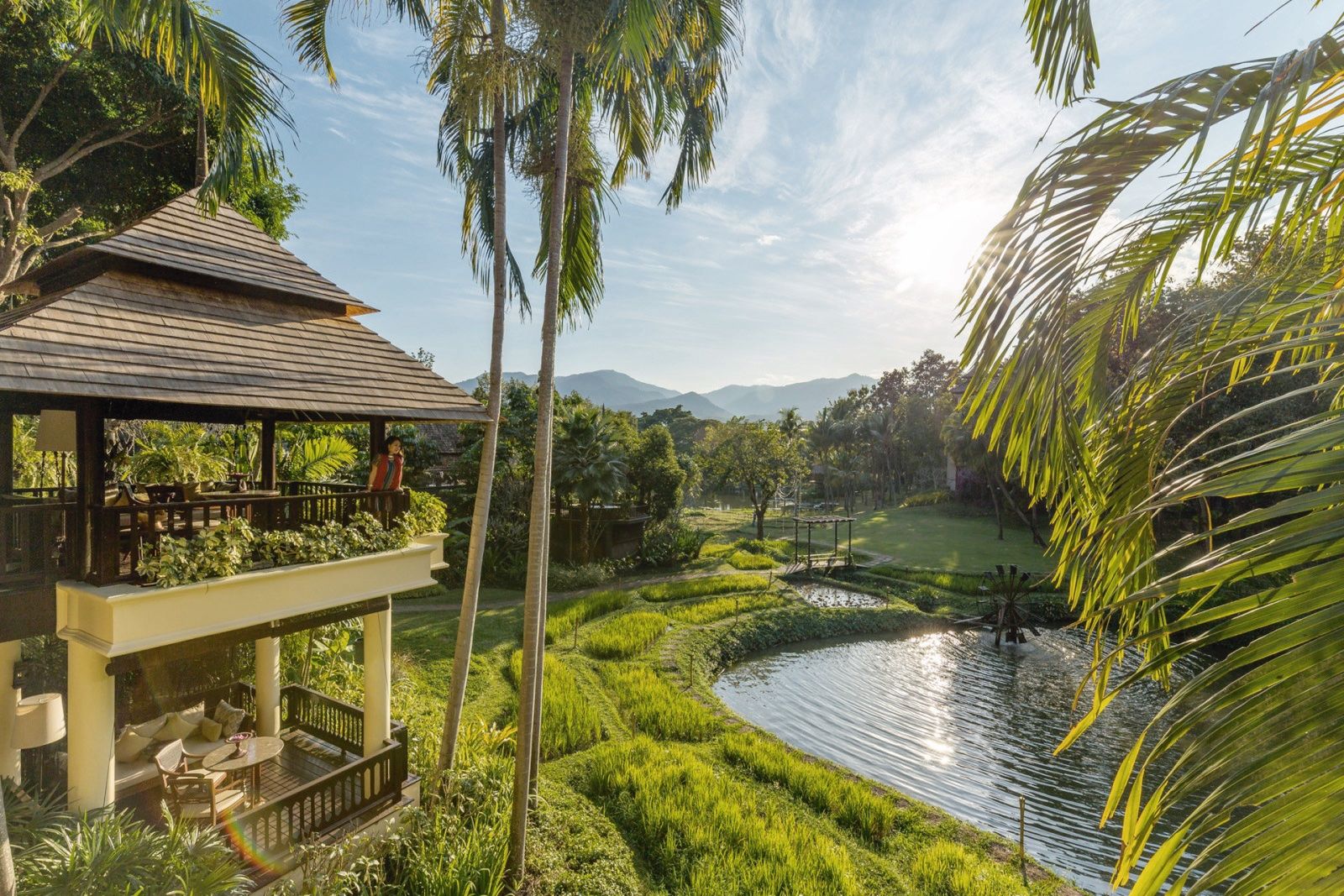Hospitality designer Bill Bensley’s commitment to holistic building is seen in his boundary-pushing and sustainable designs for hotels and resorts worldwide
Landscape architect and interior designer Bill Bensley is renowned for his visually and sensorially rich resorts. But more importantly, he has made it his life’s mission to preserve the sanctity of the Earth through focused ecological practices.
Having grown up in a self-sustaining farm in California, it could be said that eco-consciousness is embedded into the designer’s personal philosophy. “In Bangkok, my home is a haven in the middle of an urban jungle—this is very much something influenced by my upbringing,” he shares.
“Many of my projects have adopted ideas such as in-house farms, composting and a closed system in the garden meaning that nothing goes to waste; I was brought up to respect Mother Nature and this respect only grew when I studied landscape architecture.”

Bensley recently purchased logging rights to 865 hectares of forest as part of the Shinta Mani Wild Bensley Collection, an eco-conscious resort in Sihanoukville, Cambodia, which he owns. In Worldwild China—which Bensley calls “a luxury human zoo”—he influenced the client to house visitors on just five per cent of the 809-hectare premises, keeping the rest for free-roaming rescued animals.
In a bid to encourage sustainable practices in the hospitality industry, Bensley released an open-source white paper entitled Sensible Sustainability Solutions, which outlines practical ways to create truly green hotels. The comprehensive document offers both a broad scope and precise details, such as using glassware instead of disposable cups.



